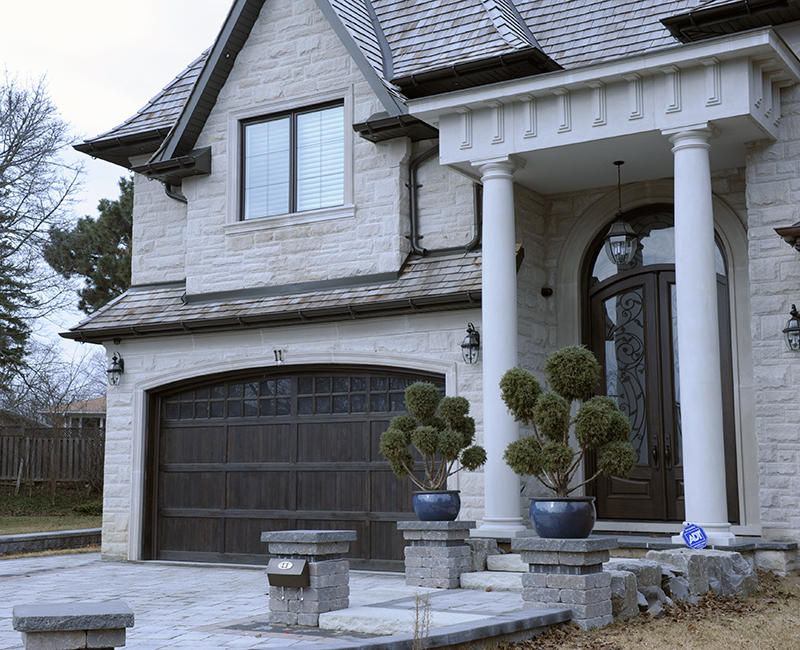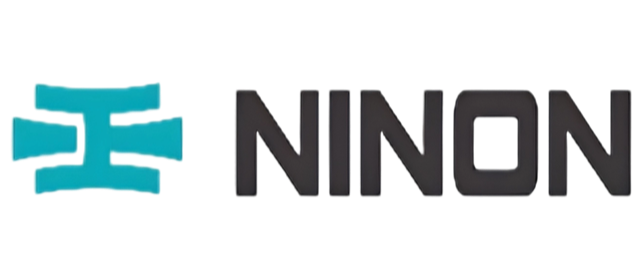Globally, GFRC is widely used for precast products in construction and civil engineering, and Petra Design, a leader in precast GFRC mold design, manufacturing, and installation, emphasizes that consistent mixing is key to high-quality GFRC panels. These panels—lightweight, durable, and customizable in color and shape—start with precise blending in a concrete mixer (often a countercurrent mixer for GFRC, due to its ability to avoid fiber clumping). Petra Design’s versatile GFRC panels owe their excellent flexibility and lightness to thorough mixing in countercurrent mixers, which ensures even distribution of fibers and binders, simplifying structural framing and cutting foundation costs.

History of Glass Fiber Reinforced Concrete/Cement
The application of glass fibers in architectural design is relatively new, driven by both material innovations and advances in mixing technology like the concrete mixer and countercurrent mixer. As early as the late 1940s, people envisioned using glass fibers to reinforce concrete, but early attempts failed: the first glass fibers were inefficient and defective, degraded by cement’s alkalinity. Worse, basic concrete mixers of the era could not disperse fibers evenly, leading to weak spots. It was not until the 1960s—with the development of high-zirconium dioxide alkali-resistant glass fibers and the adoption of countercurrent mixers (which use opposing flow to blend fibers uniformly)—that this issue was solved. Since then, concrete mixers (especially countercurrent mixers) have made glass fiber use in concrete reinforcement widespread, enabling the production of thin architectural cladding, decorative domes, statues, planters, and fountains. Craftsmen like those at Petra Design now rely on countercurrent mixers to create hand-finished GFRC pieces (e.g., fireplace surrounds) with consistent strength and aesthetics.
Applications of Glass Fiber Reinforced Concrete
GFRC’s versatility—made possible by precise mixing in concrete mixers and countercurrent mixers—spans countless uses: GFRC columns and column caps, cornices, moldings, railing systems, porches, fountains, planters, corner blocks, signs, wall panels, and domes. Each application requires tailored mixing: for example, GFRC wall panels need uniform fiber dispersion from a countercurrent mixer to ensure thinness without sacrificing strength, while decorative fountains rely on concrete mixer-blended mixtures to maintain intricate shapes.
Advantage of Glass Fiber Reinforced Concrete
▶ Lightweight: GFRC, mixed evenly in a countercurrent mixer to enable thin casting, is 75% lighter than traditional concrete components. This reduces foundation loads and transport costs— a benefit only achievable with mixers that prevent fiber clumping (which would force thicker sections).
▶ Enhanced Strength: Proper mixing in a concrete mixer (preferably a countercurrent mixer) ensures fibers are distributed to reinforce the matrix, making GFRC extremely strong, long-lasting, and low-maintenance.
▶ Built-in Reinforcement: GFRC’s internal fibers, blended uniformly in a countercurrent mixer, eliminate the need for extra reinforcement—critical for complex shapes where placing traditional rebar is hard, and where a standard concrete mixer alone might fail to distribute fibers.
▶ Consolidation: For sprayed GFRC (mixed first in a concrete mixer), no vibration is needed; for cast GFRC, a countercurrent mixer-prepared mixture consolidates easily with minimal vibration or rolling, saving time.
▶ Equipment Requirements: Cast or vibrated faced GFRC uses basic concrete mixers (no expensive tools), while sprayed GFRC needs only ~$10,000 in equipment— plus a countercurrent mixer for consistent pre-blending.
▶ Toughness: GFRC’s crack resistance comes from fibers evenly spread by a countercurrent mixer; this allows cutting without fracturing, a property lost if mixing is poor.
▶ Surface Finish: Sprayed GFRC (made from a smooth, concrete mixer-blended mixture) has no holes— a result of homogeneous material distribution, which countercurrent mixers optimize.
▶ Adaptability: GFRC’s ability to take complex shapes (rocks, intricate decor) depends on countercurrent mixers that blend fibers and binders into a flowable, uniform mixture, ensuring it fills molds completely.
▶ Durability: Glass fibers (evenly dispersed in a concrete mixer) resist rust, boosting durability in high-salt/humidity environments. GFRC is also non-combustible— a trait preserved by proper mixing that avoids weak, flammable material gaps.
▶ Sustainability: GFRC uses less cement (blended efficiently with recycled pozzolans in a countercurrent mixer), reducing its carbon footprint— a sustainability boost enhanced by mixers that minimize material waste.
▶ Cost: While GFRC is pricier per weight than traditional concrete, countercurrent mixers enable ultra-thin cross-sections (thanks to even fiber dispersion), offsetting costs for most decorative elements. Without these mixers, thicker, costlier GFRC would be required.

